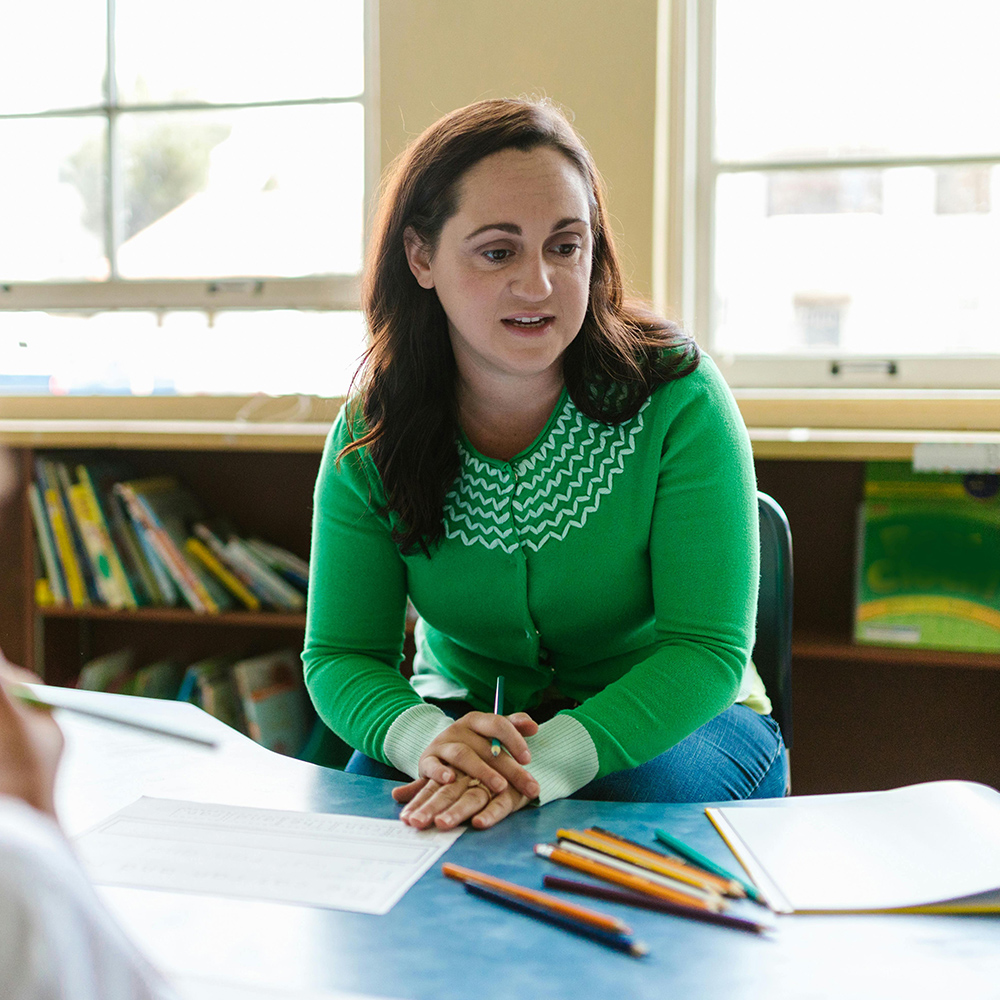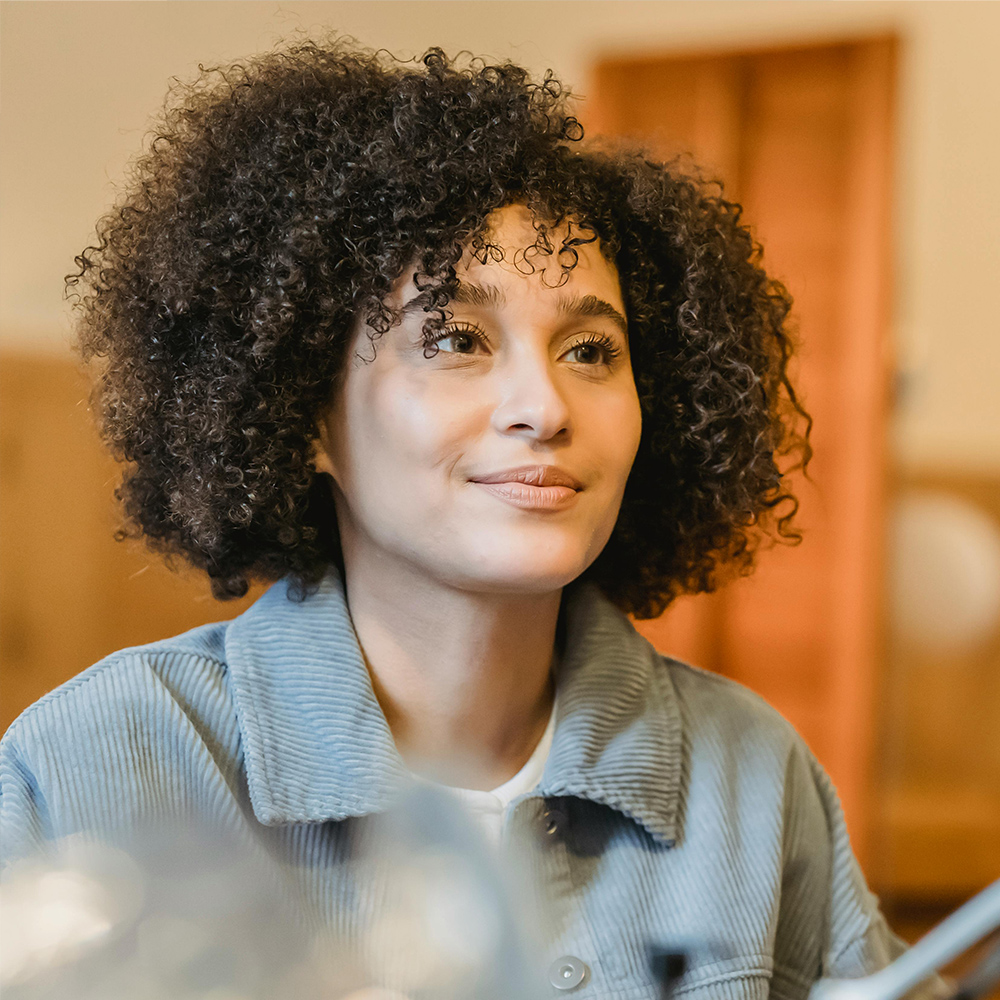Allyship
What is Allyship?
Allyship is not a label — it’s a practice.
It involves actively listening to, learning from, and standing alongside marginalised individuals and communities. True allyship means recognising how systems of power operate, reflecting on your own privilege, and using your influence to challenge inequality — not centre yourself.
An effective ally amplifies the voices of those too often silenced, without speaking over them. It means showing up consistently, not only when it’s easy or convenient.
Why Allyship matters
In a world shaped by diverse experiences and unequal access, allyship helps build safer, more inclusive spaces for everyone. When practiced with humility and commitment, allyship can:
-
Contribute to a more just and equitable society
-
Break down harmful stereotypes and systemic prejudice
-
Foster empathy, connection, and mutual respect
-
Support open, accountable conversations — even when they’re uncomfortable
-
Encourage others to reflect, act, and grow in solidarity
Allyship is not about being perfect — it’s about being present.
It’s ongoing, imperfect work. And it matters because inclusion isn’t a value until it’s made visible in action.
Becoming an Ally to Autistic People
Allyship is not a one-time act — it’s an ongoing commitment to learning, reflection and action. Being an ally to Autistic people means showing up with respect, humility, and a willingness to challenge ableism in yourself, your networks and your systems.
How to Practise Meaningful Allyship
1. Educate yourself
Learn about Autism and neurodiversity from Autistic-led sources. Read books, watch talks, follow Autistic advocates, and seek out perspectives that challenge your assumptions.
2. Listen deeply
Every Autistic person’s experience is unique. Be present. Listen without interrupting or assuming. Avoid generalising or centring your own perspective.
3. Respect language preferences
Many Autistic people prefer identity-first language (e.g. Autistic person) as an affirmation of pride. Others may choose person-first language. Ask, and respect their choice.
4. Speak up
Challenge ableist jokes, policies, or practices — whether in the workplace, online, or among friends. Use your platform to share and elevate Autistic voices and work.
5. Acknowledge your privilege
If you are neurotypical, recognise the advantages you may hold — from easier access to education and employment, to not being pathologised or misrepresented.
6. Stay humble
Allyship isn’t about being “right” — it’s about being responsive. You’ll make mistakes. What matters is listening, apologising, and doing better.
7. Take action
Support Autistic-led organisations. Volunteer your time. Advocate for accessible policies. Push for systemic changes in education, healthcare, employment and beyond.
8. Promote inclusive environments
Encourage sensory-friendly design, clear communication, and flexible expectations in your workplace, school or social spaces. Inclusion isn’t just physical — it’s cultural.
9. Be mindful of sensory differences
Ask about sensory needs, and be prepared to adjust lighting, noise, physical contact or social expectations accordingly.
10. Challenge stereotypes
Avoid portraying Autistic people as tragic, exceptional, or one-dimensional. Instead, support accurate, respectful, and multifaceted representations.
Effective allyship means stepping back when needed, stepping up when asked, and never speaking over the people you’re trying to support.
When done well, allyship isn’t charity — it’s solidarity. It helps build a more just world for Autistic people, and a better world for everyone.
Stories

Jessica, a High School Teacher
Jessica, a high school teacher, noticed that her student, Oliver, an Autistic teenager, was struggling with the noise level and chaotic environment during lunch breaks.
She advocated for a designated quiet space in the school where Oliver and other students with sensory sensitivities could find solace. Jessica also encouraged her fellow teachers to include visual aids and clear instructions in their lessons to better accommodate diverse learning styles.
Aiden, a Co-worker
Aiden worked alongside Mia, an Autistic colleague, in their office’s customer service department.
Recognising that Mia had excellent attention to detail and problem-solving skills but sometimes found phone interactions overwhelming, Aiden proposed a team restructure that allowed Mia to focus on email and chat-based customer support. As a result, Mia thrived in her new role, and the entire team benefited from her unique strengths.


Fatima, a Friend
When Fatima learned that her close friend, Priya, had been diagnosed with Autism, she took the initiative to educate herself about the spectrum and the unique challenges that Priya might face.
Fatima began to understand Priya’s sensory needs better and made an effort to suggest activities that accommodated them. Fatima also made a point to use the communication style that Priya found most comfortable and encouraged their mutual friends to do the same.
Connor, a Sibling
Connor’s younger brother, Liam, is Autistic and has always had a passion for technology. Connor used his social media presence to share Liam’s achievements and talents, helping to break down stereotypes about Autism.
Connor also supported Liam by attending advocacy events together, giving Liam the opportunity to connect with other Autistic individuals and find a sense of belonging.
.


Sarah, an Event Organiser
Sarah, an event organiser, learned that one of the guest speakers at her upcoming conference was Autistic. To ensure a comfortable and accessible experience, Sarah consulted with the speaker about their specific needs and preferences.
She provided clear directions to the venue, created a sensory-friendly break room, and offered alternative communication methods, like text-based Q&A sessions. By doing so, Sarah created a more inclusive event for everyone involved.
Henry, a Neighbour
Henry’s Autistic neighbour, Emily, had a passion for gardening but often felt overwhelmed by the noise and commotion at the local community garden. Realising this, Henry reached out to the community garden’s organisers and collaborated with them to establish designated quiet hours.
During these hours, the garden would limit noise and activity levels to create a more welcoming space for Emily and others with sensory sensitivities.

